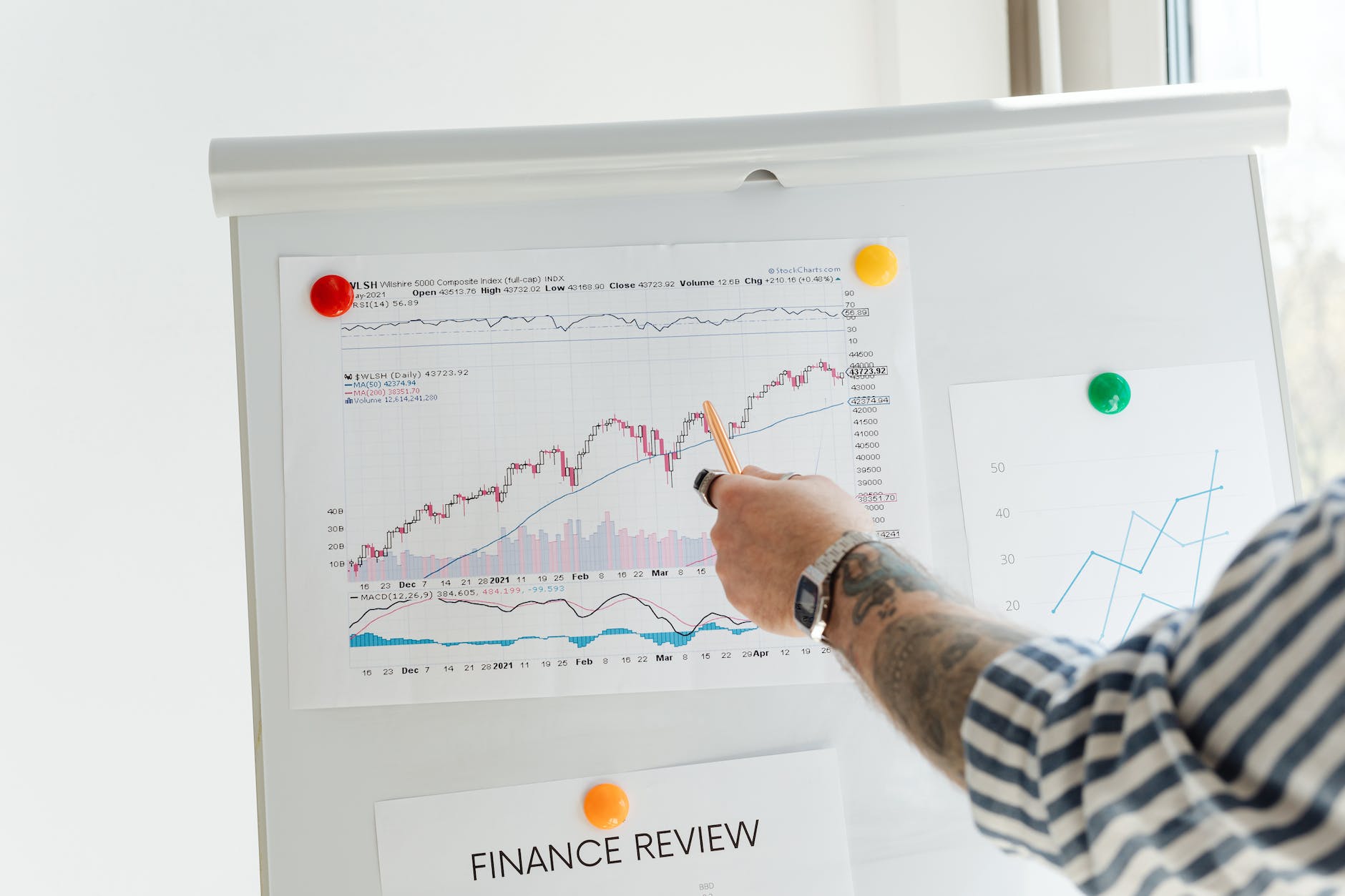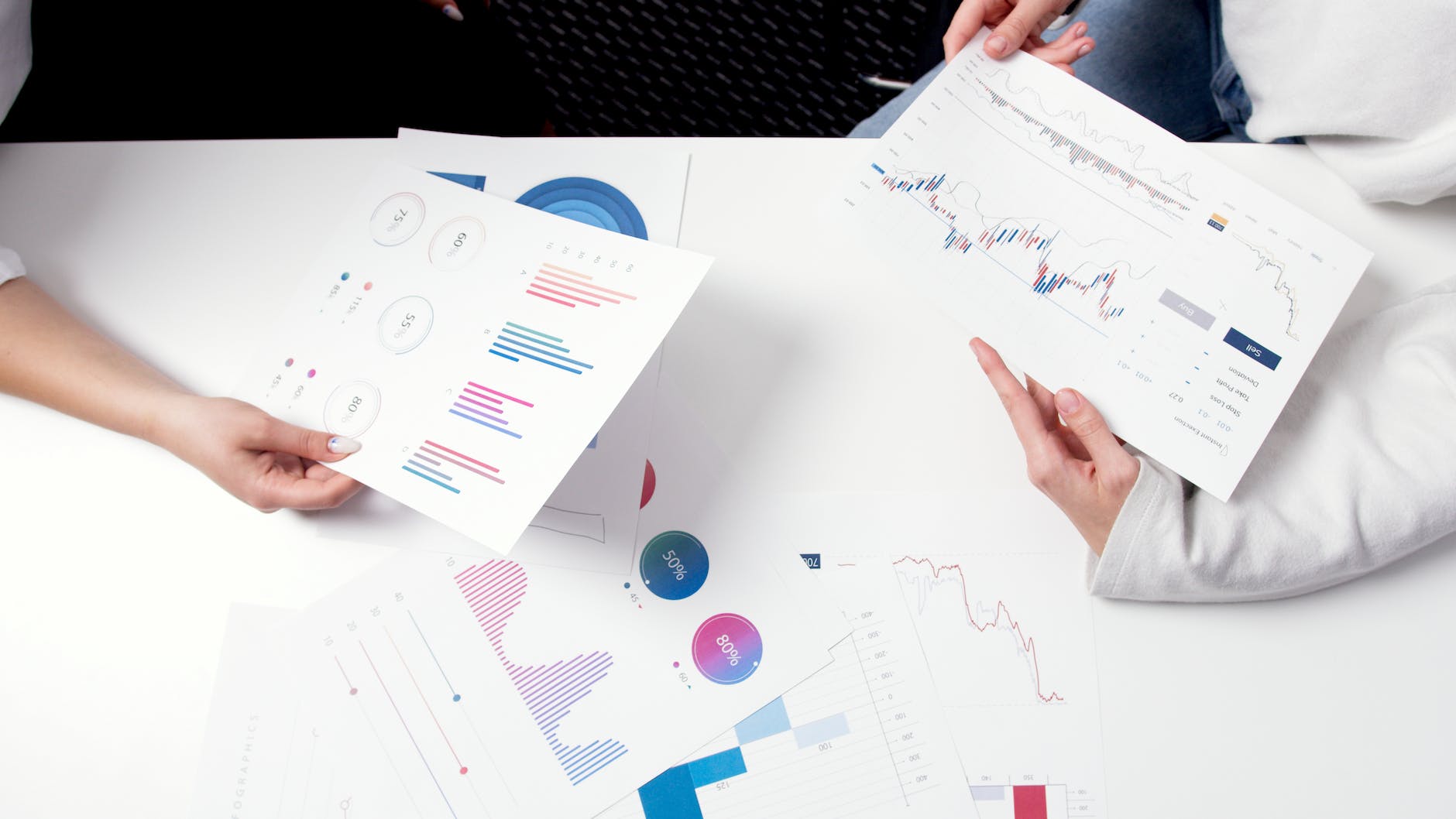In today’s data-driven world, effectively communicating information is crucial. Raw data can be overwhelming and complex, making it difficult to grasp and understand. That’s where data visualization comes in. By transforming data into visual representations, we can make complex information more accessible and engaging.
However, simply presenting data through visuals is not enough. To truly captivate your audience and effectively convey your message, you need to incorporate storytelling techniques into your data visualization.
In this article, we will explore the concept of storytelling with data visualization and discuss how to use it effectively.

Understanding the Concept of Data Visualization
Data visualization is the graphical representation of data and information. It utilizes various visual elements such as charts, graphs, maps, and infographics to present complex data in a clear and concise manner. By visually representing data, we can uncover patterns, trends, and relationships that may not be immediately apparent in raw data. Data visualization helps simplify information, making it easier for individuals to comprehend and interpret. However, data visualization alone doesn’t necessarily tell a story. It is the combination of data visualization with storytelling techniques that truly brings the information to life.
The Importance of Data Visualization in Storytelling
Data visualization plays a crucial role in storytelling by enhancing the impact and understanding of the information being presented. Through carefully designed visuals, data becomes more relatable and memorable. It helps the audience connect with the data on an emotional level, sparking their curiosity, and encouraging further exploration. Moreover, data visualization allows for effective storytelling by simplifying complex information, enabling storytellers to convey their message in a concise and engaging manner.
Key Elements of Effective Data Visualization
When it comes to data visualization, certain elements contribute to its effectiveness in storytelling. First and foremost, clarity is paramount. Data visualizations should be easily understandable, avoiding unnecessary complexity or clutter. Simplicity in design allows the audience to focus on the key insights and messages you want to convey.
Another important element is storytelling focus. Your visualizations should be aligned with the narrative you want to tell. Each visual element should serve a purpose and contribute to the overall story. By emphasizing the main points and supporting them with data, you can create a cohesive and engaging narrative.
In addition to clarity and storytelling focus, effective data visualization relies on appropriate use of color, typography, and layout. Consistency in these elements not only enhances the visual appeal but also helps reinforce the overall storytelling experience.
The Role of Storytelling in Data Interpretation
Data interpretation involves making sense of the insights derived from data and presenting them in a meaningful way. While data visualization aids in interpretation, storytelling adds depth and context to the analysis. By incorporating storytelling techniques, you can provide a narrative framework that guides the audience through the data, helping them understand its significance and implications.
The Power of Narrative in Data Presentation
A solid narrative structure helps convey your message effectively and engages the audience on an emotional level. By crafting a compelling narrative around your data, you can create a memorable and impactful presentation. Start by identifying a central theme or message that you want to communicate and structure your data story around it. Use characters, conflict, and resolution to build a narrative arc that captures the audience’s attention and keeps them invested in the information you are sharing.
Techniques for Integrating Storytelling into Data Visualization
There are several techniques to integrate storytelling into data visualization. One effective approach is to use real-life examples or case studies to illustrate the impact of the data. This helps the audience connect with the information on a personal level and understand its relevance in their own lives.
Another technique is to use visual metaphors or analogies to simplify complex concepts and make them more relatable. This allows the audience to grasp the essence of the data quickly and easily. Additionally, incorporating storytelling elements such as a beginning, middle, and end can help structure the visualization and guide the audience through the narrative.

Steps to Create a Compelling Data Story
Identifying Your Audience and Their Needs
Before embarking on your data visualization journey, it is essential to understand your audience and their needs. Consider who will be viewing your visualization and what information they are seeking. Tailor your storytelling approach to resonate with their interests and goals. By understanding your audience, you can deliver a data story that captivates and engages them.
Choosing the Right Visualization Tools
There are various data visualization tools available, each with its strengths and limitations. When selecting a tool, consider the type of data you are working with, the story you want to tell, and the level of interactivity you desire. Decide whether you need static visuals or interactive dashboards and choose a tool accordingly. Additionally, ensure that the tool provides customization options to align with your storytelling style.
Crafting a Clear and Engaging Narrative
The narrative structure is a foundational element of storytelling, and it holds true for data storytelling as well. Begin by clearly defining your central message or thesis. Use an engaging opening to capture the audience’s attention and set the stage for your story. Develop the narrative by presenting relevant data points, supporting evidence, and analysis. Finally, conclude your story by summarizing the key insights and leaving the audience with a memorable takeaway.

Common Mistakes to Avoid in Data Visualization
Overcomplicating the Data Presentation
One common mistake in data visualization is overcomplicating the presentation. Avoid cluttering your visualizations with excessive data points or unnecessary design elements. Keep the visuals clean, focused, and in line with your storytelling objectives. Simplify complex concepts and emphasize the key takeaways to enhance clarity and understanding.
Ignoring the Context of the Data
Context is crucial in data storytelling. Failing to provide the necessary context for the data can lead to misinterpretation or confusion. Provide clear explanations of the data sources, methodologies, and any limitations that may impact the interpretation. By offering context, you can ensure that your audience understands the data’s relevance and trustworthiness.
Evaluating the Impact of Your Data Story
Measuring Audience Engagement and Understanding
Once you have created and presented your data story, it is essential to evaluate its impact on the audience. Measure the level of engagement by analyzing metrics such as views, shares, or comments. Additionally, gather feedback to gauge the level of understanding and the effectiveness of your storytelling techniques. Use this feedback to refine your approach and continuously improve your data storytelling skills.
Adjusting Your Approach Based on Feedback
Feedback is invaluable in data storytelling. Review the comments and suggestions received and identify areas for improvement. Consider adjusting your storytelling techniques, data visualizations, or narrative structure based on the feedback received. By adapting your approach, you can enhance the effectiveness of your data storytelling and better connect with your audience.
Conclusion
Effective data storytelling combines the power of data visualization and storytelling techniques to create a compelling narrative that resonates with the audience. By understanding the concept of data visualization, incorporating storytelling elements, and following a structured approach, you can effectively communicate complex information and make a lasting impact. Remember to tailor your data story to your audience, choose the right visualization tools, and continuously evaluate and improve your storytelling skills.
TRUECHART fundamentally changes data visualization and collaboration – powered by standardized IBCS® templates. It provides the speed and scale needed to tackle petabytes of business intelligence in interactive speed to make data management and complex reporting much easier, simpler, and faster. Book your TRUECHART demo today.
Stay up-to-date with TRUECHART. Follow us on LinkedIn.
